
The Copper Tube Industry's Climate Crucible: Linear Economy vs. Circular Economy – Who Will Survive the Sustainability Revolution?
Subtitle: As net-zero targets transform global manufacturing, copper tube producers face an existential choice: cling to the energy-intensive linear model or pioneer a waste-free circular future. This divergence will separate industry leaders from laggards.
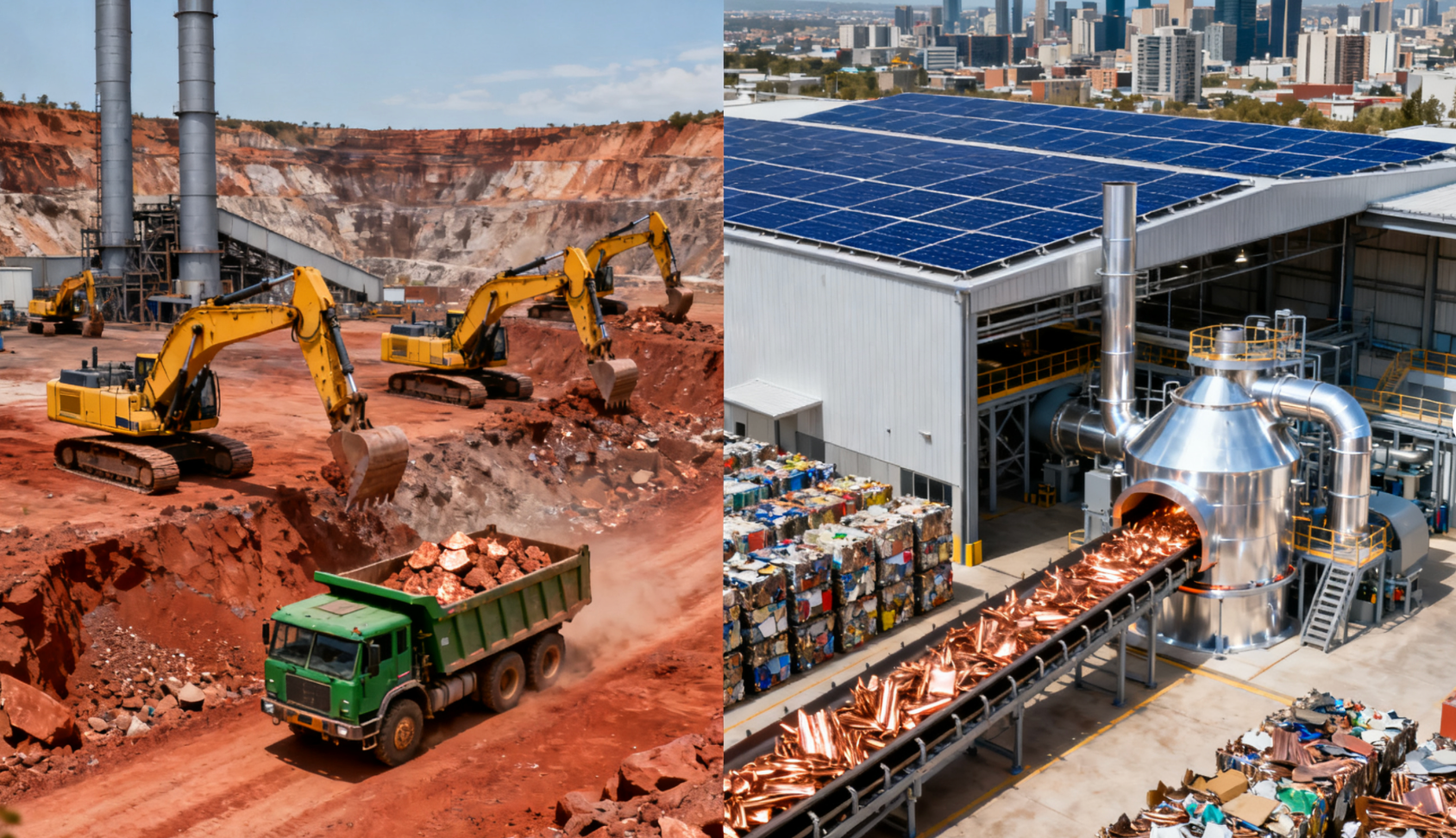
(Caption: The fundamental dichotomy: Resource extraction (linear economy) versus resource regeneration (circular economy) represent opposing visions for the future of copper tube production.)
The copper tube industry, historically powered by abundant energy and cheap raw materials, is confronting its carbon moment. With industrial decarbonization no longer optional, manufacturers face a strategic bifurcation more profound than any market cycle. The choice is between perfecting the traditional take-make-waste linear economythat has dominated for centuries, or embracing the emerging circular economy model that treats waste as feedstock and decarbonization as its primary design constraint. This isn't merely an environmental consideration—it's a complete reimagining of how value is created, captured, and sustained in a carbon-constrained world.
The Incumbent: The Linear Economy's Relentless Logic
The linear model operates on a straightforward principle: extract raw materials, transform them into products, and dispose of them after use. Its efficiency is both its strength and its greatest vulnerability.
- Resource Intensity: Primary copper production requires mining approximately 100 tons of ore to produce just one ton of copper, consuming vast amounts of water and energy in the process.
- Carbon Footprint: Conventional tube production emits 2.5-3.5 tons of CO₂ per ton of copper tube, with smelting and refining accounting for over 80% of emissions.
- Economic Model: Profitability is tied to commodity cycles and production volume, creating relentless pressure to maximize throughput regardless of environmental costs.
"The linear model brought us unprecedented industrial growth," acknowledges a veteran industry analyst, "but its externalities—carbon emissions, resource depletion, and waste—have become unsustainable liabilities in the regulatory landscape emerging this decade."
The Disruptor: The Circular Economy's Radical Proposition
The circular model fundamentally rethinks production, designing out waste and keeping materials in continuous use. For copper tubes, this represents nothing less than a technological and business model revolution.
- Technical Foundations: Advanced sorting technologies (including AI-powered optical scanners and electromagnetic separators) enable recovery of high-purity copper from complex waste streams. Electric arc furnaces powered by renewables can remelt scrap with90% lower carbon emissions than primary production.
- Product Redesign: Circular economy principles are driving design innovations like modular tube systems that enable easy disassembly and material recovery, and standardized connectors that extend product lifespans through repair and refurbishment.
- Digital Enablers: Blockchain-based material passports allow precise tracking of alloy compositions and previous uses, transforming scrap from a contaminated unknown into a verified feedstock.
The Great Decoupling: Economic Growth vs. Resource Consumption
The most profound implication of the circular model is its potential to decouple economic value from resource extraction—a feat the linear model has never achieved.
(Table: Linear vs. Circular Production Models)
|
Dimension |
Linear Economy Model |
Circular Economy Model |
|
Resource Base |
Virgin Materials (Copper Ore) |
Recycled Content (Urban Mine) |
|
Energy Source |
Fossil Fuels (Coal, Natural Gas) |
Renewable Electricity (Solar, Wind) |
|
Carbon Footprint |
High (2.5-3.5 t CO₂/t tube) |
Low (0.3-0.8 t CO₂/t tube) |
|
Water Usage |
High (100-150 m³/t copper) |
Minimal (5-10 m³/t copper) |
|
Value Driver |
Economies of Scale |
Material Efficiency, Premium Pricing |
|
Waste Output |
Significant (Slag, Tailings) |
Near-Zero (Closed Loops) |
|
Business Relationship |
Transactional |
Long-term Material Stewardship |
|
Regulatory Risk |
High (Carbon Pricing, Mining Restrictions) |
Low (Alignment with Climate Policy) |
The Policy Accelerator: Regulations Reshaping Competitive Landscapes
Government policies are actively dismantling the linear economy's economic advantage and creating powerful incentives for circularity:
- Carbon Border Adjustments: The EU's CBAM mechanism effectively taxes imported products based on their carbon footprint, eroding the cost advantage of linear production.
- Extended Producer Responsibility: Regulations requiring manufacturers to manage products at end-of-life make linear models financially burdensome.
- Green Procurement Mandates: Government and corporate purchasing policies increasingly mandate minimum recycled content, creating guaranteed markets for circular producers.
"Policy is systematically internalizing the externalities that made linear production appear cheap," notes a sustainability policy expert. "The circular model's advantages grow with every ton of CO₂ priced and every landfill regulated."
The Innovation Frontier: Technologies Enabling Circularity
The circular transition is being enabled by converging technological innovations:
- Advanced Separation: Sensor-based sorting technologies can now identify and separate copper alloys with precision previously impossible, creating high-value recycled feedstock.
- Digital Twins: Virtual replicas of physical products contain information about material composition and disassembly methods, facilitating future recycling.
- Electrochemical Processing: New methods for copper refinement use electricity rather than heat, dramatically reducing energy intensity when powered by renewables.
The Implementation Challenge: Barriers to Circular Transition
Despite its advantages, the circular model faces significant adoption barriers:
- Capital Intensity: Retrofitting or replacing linear production facilities requires massive investment during a period of uncertain returns.
- Supply Chain Complexity: Establishing reverse logistics networks to recover end-of-life products presents logistical challenges linear producers don't face.
- Material Quality Concerns: Some manufacturers question whether recycled content can meet the performance standards of virgin materials for high-specification applications.
The Inevitable Transition
The copper tube industry's climate crucible will separate those who see sustainability as a compliance cost from those who recognize it as the foundation of next-generation competitiveness. While linear production will persist for some applications, the growth, innovation, and premium markets will increasingly migrate toward circular models.
The manufacturers that will thrive are those embracing circularity not as an environmental alternative, but as a superior technological and business paradigm—one that aligns economic success with environmental stewardship rather than treating them as opposing forces. In the coming decade, the most valuable copper tubes won't be those produced most cheaply, but those that tell the most compelling story of resource stewardship, carbon reduction, and circular design.
Product Category
Content
- 1 The Incumbent: The Linear Economy's Relentless Logic
- 2 The Disruptor: The Circular Economy's Radical Proposition
- 3 The Great Decoupling: Economic Growth vs. Resource Consumption
- 4 The Policy Accelerator: Regulations Reshaping Competitive Landscapes
- 5 The Innovation Frontier: Technologies Enabling Circularity
- 6 The Implementation Challenge: Barriers to Circular Transition
- 7 The Inevitable Transition
Related news
-
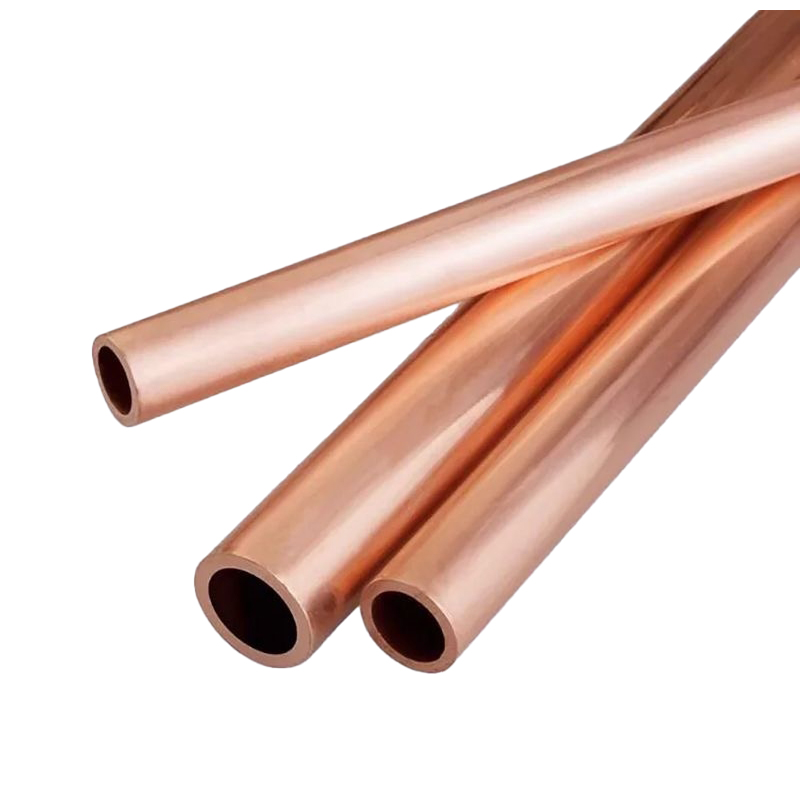
What is a thick-walled copper tube? Thick-walled copper tube, also known as seamless thick-walled copper tube, is a high-performance metal tube made o...
See Details -
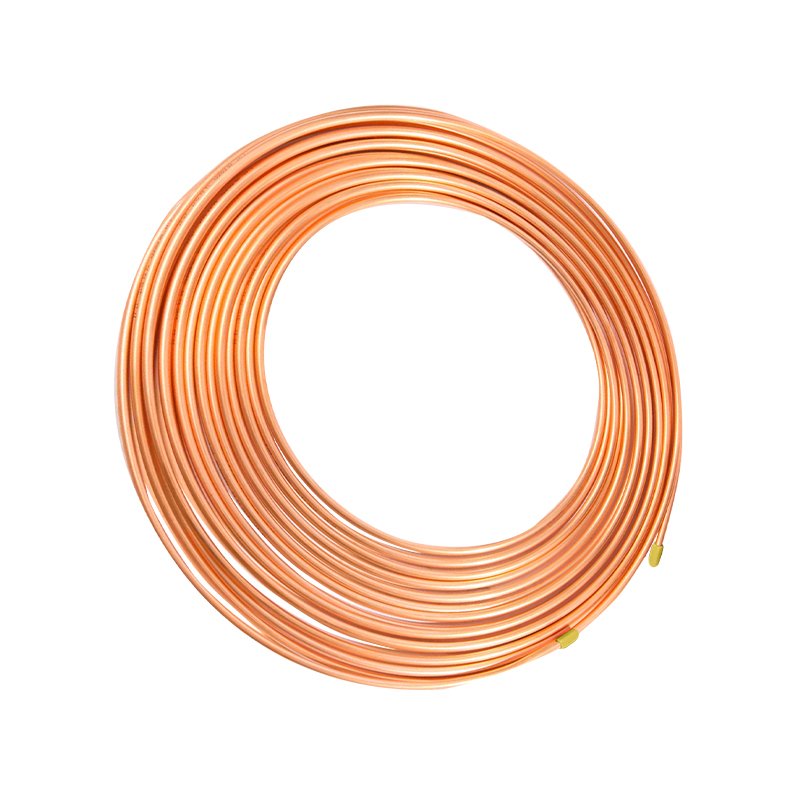
Overview and Importance of Copper Capillary Tube In modern industrial equipment and precision control systems, miniaturization and high precision have...
See Details -
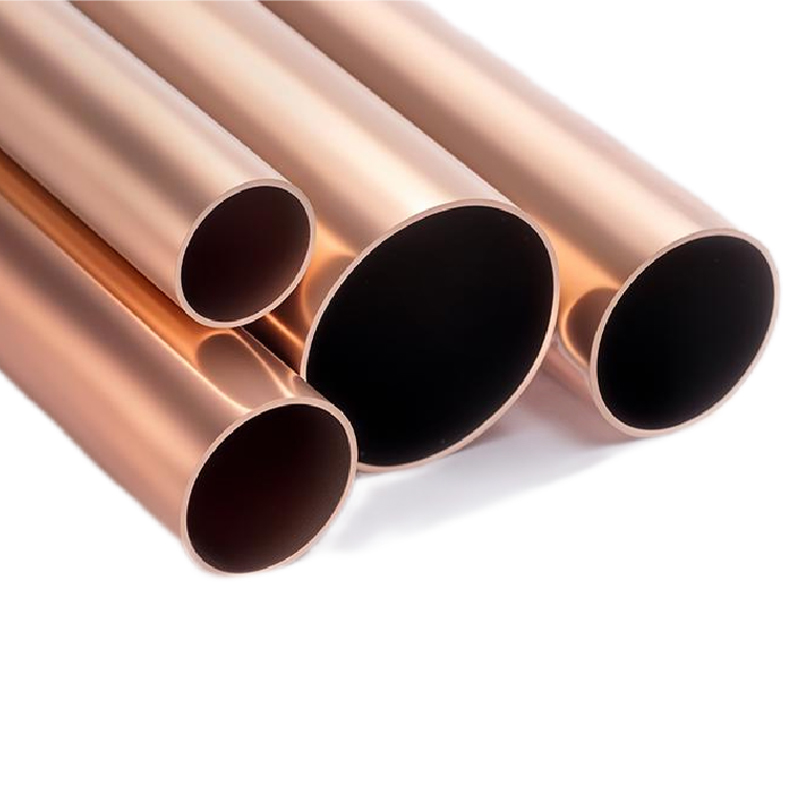
What is a copper tube? Analysis of material composition and basic characteristics Definition of copper tube Copper tube is a tubular object made of co...
See Details -
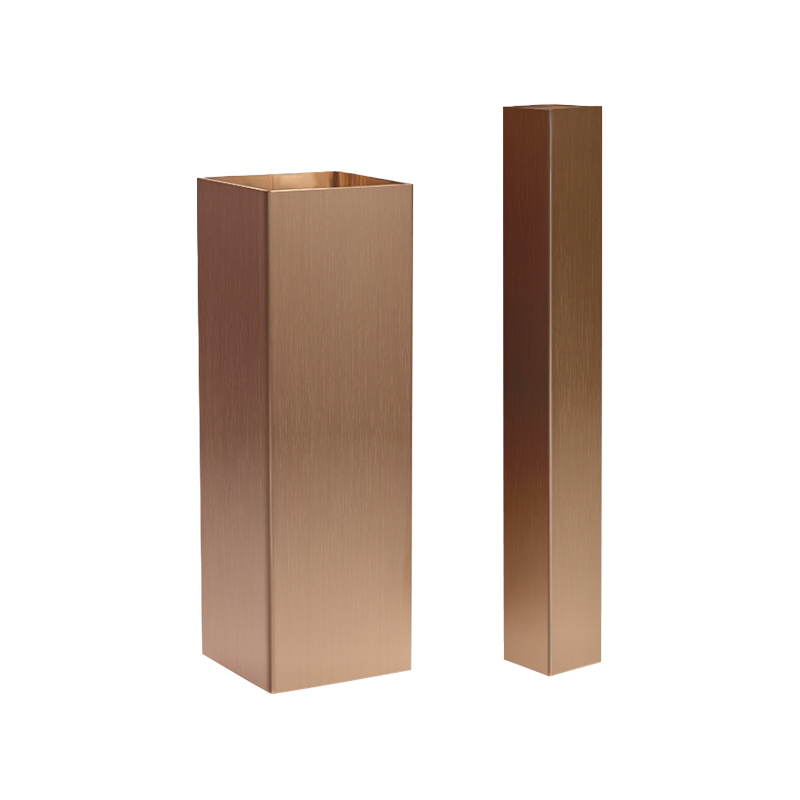
Understanding Copper Square Tubes: Composition, Grades, and Typical Applications Copper square tubes are specialized extrusions that combine the super...
See Details

 English
English Español
Español